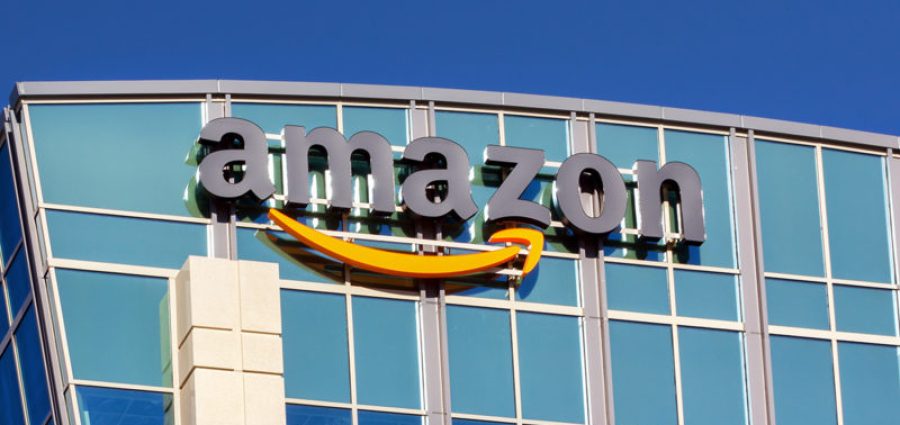Amazon Business is the dominant B2B marketplace in the U.S. There’s no denying it. But just how dominant is Amazon Business, and where has it had the most success? Amazon itself has said very little, and there’s not much public data tracking its growth.
It estimated that Amazon Business’s 115% compound annual growth rate over three years was faster than both its retail business, at 28%, as well as Amazon Web Services (AWS), at 48%. But Amazon Business may be growing even quicker than that. Applico’s data suggest that Amazon Business is already at about $15 billion in sales. And keeping a similar growth rate, our projections suggest that Amazon Business will reach $75 billion in sales by 2023 — a total that will make it one of the top few B2B distributors in the U.S.
However, aggregate numbers don’t tell the whole story. Amazon Business’s growth is not equally distributed. It has excelled in certain areas of B2B and struggled in others.
Where Amazon Business Dominates
In total, Amazon Business has more than 56 million listed products and about 415,000 sellers.
The data collected represent the number of sellers and how many products each seller lists per category. This does not equate to how many unique SKUs are in each product category. Instead, these data help to illustrate where Amazon Business is seeing more or less traction, more or less concentration of sellers, and how competitive its catalog is. Looking at the growth in sellers and listed products is a strong proxy for Amazon Business’s growth and an indication of which industries Amazon is focusing its efforts.
Also see: “Amazon Annual Sales Up 22%.”
So where is Amazon Business strongest? The simple answer is: office and industrial supplies. Collectively, products in these categories accounted for more than 70% of listed products in B2B categories on Amazon.
Overall, the No. 1 vertical for Amazon Business is MRO. In total, MRO categories have about 174,000 sellers and more than 18 million listed products. The second largest vertical is automotive, which has about 58,000 sellers and nearly 16 million listed products. And the third largest category is office supplies, with a total of more than 75,000 sellers with more than 13 million listed products.
Other large verticals within B2B included food service, with more than 3 million listed products, and medical supplies, with 2.9 million listed products.
Amazon: The No. 1 Industrial Distributor?
Given the share of products within industrial supplies on Amazon Business and our growth projections, the data suggest that Amazon Business will be the No. 1 industrial distributor in the United States by sales volume by 2021. Amazon Business already likely possesses the largest product catalog of any industrial distributor in the U.S.
Amazon Business has 31.3 million listed products in MRO and office supplies categories, while the leading incumbent distributor’s e-commerce entity says it has about 3 million. Other leading industrial distributors are even further behind, with listed products typically numbering in the hundreds of thousands.
Also see: “Neutralizing the Amazon Threat.”
As all this data suggest that the linear e-commerce approach taken by most traditional distributors is an order of magnitude – or more – behind in the breadth of its product catalog. That is to say, Amazon Business with its marketplace has at least 10 times as many products to offer compared to its traditional B2B distributor competition.
While major incumbents quickly try to shift their businesses to figure out an e-commerce model, Amazon has already surpassed them – in just four years.
Nick Johnson is a principal at platform business model consultancy Applico. Reach him at njohnson@applicoinc.com. In June 2018, Applico predicted in MDM that Amazon Business was at $10 billion annual sales. Several months later, Amazon Business publicly acknowledged that it had hit that very number. Since March 2017, Applico has published a Marketplace Tracker report on data collected on the number of sellers and products on Amazon Business. The latest version of this report, with updated numbers through Q1 2020, is available here. For more category-specific data on Amazon Business’s growth, as well as strategies for how incumbent distributors can respond, check out the full report.


